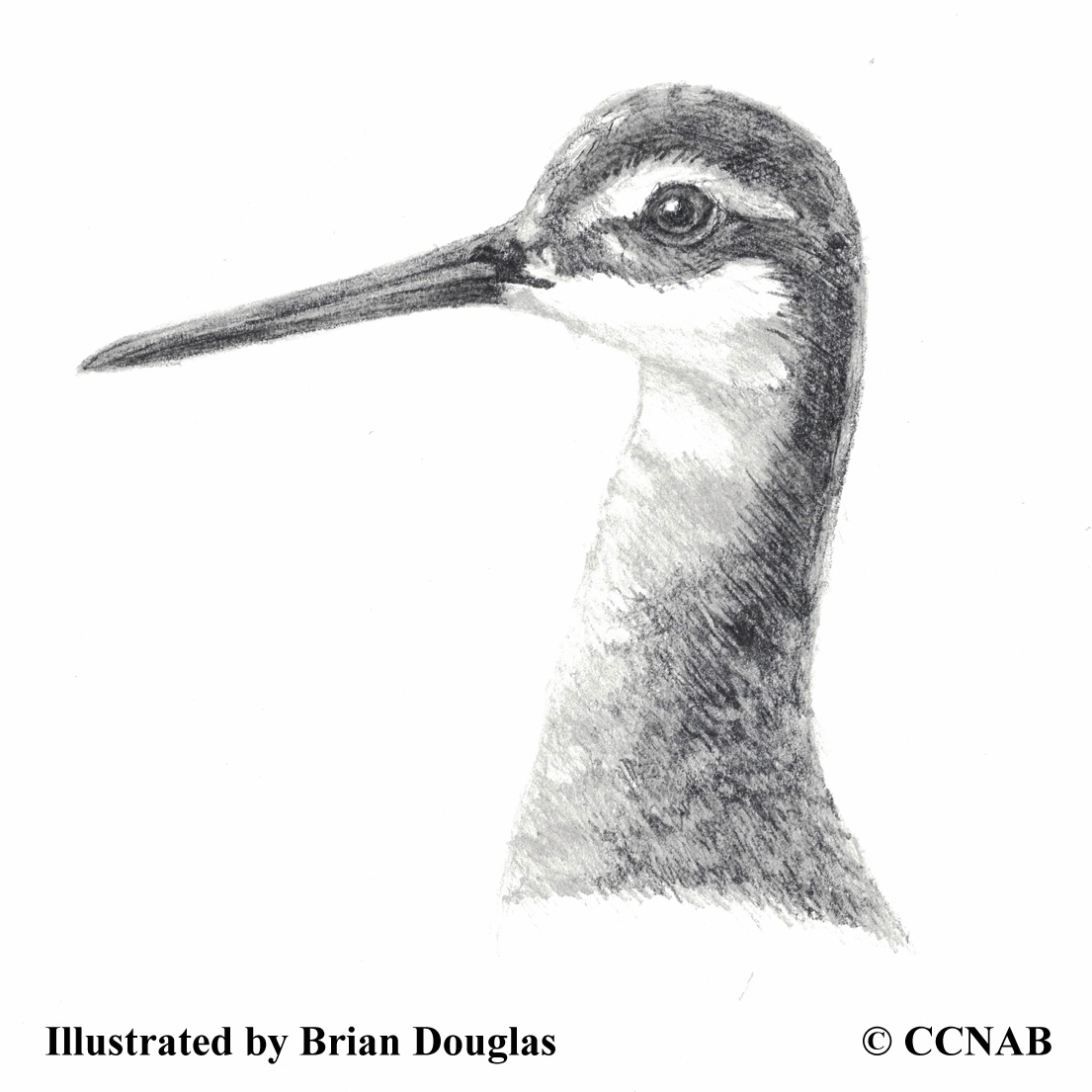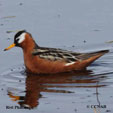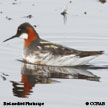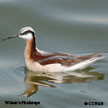Field Guide for all the Birds of North America
Phalaropes
Phalaropes
Scolopacidae
Information, images and range maps on over 1,000 birds of North America, including sub-species, vagrants, introduced birds and possibilities
North American Bird Search Box
There are three species of phalaropes in North America. The Red Phalarope is found in the most northern regions of the continent while the Red-necked Phalarope lives in the arctic tundra as well. The Wilson's Phalarope can be found up to the northern areas of the provinces right across Canada and is more commonly seen in the West.

Phalaropes differ from most bird species as the female is more colourful than the male. These birds are also known for their feeding styles. They spin themselves in tight circles in the water, creating small whirlpools that bring the food to the surface, where they can eat it. Although they have legs like sandpipers, phalaropes are very good swimmers and are often seen swimming in deeper water.
Reference to Other Bird Site:
ABA - American Birding Association This site represents an organization that maintains official records of all birds species that have been proven to have been seen inside the perimeters of the North American Continent and the surrounding bodies of water. Regular revised versions are posted to keep the bird list current at all times. This is the list used by all serious birders over their lifetime. You may be aware of the movie called the "Big Year". It was with this list that all the competing birders used in an attempt to set a new record as to how many bird species that could be seen by an individual birder in one calendar year.


